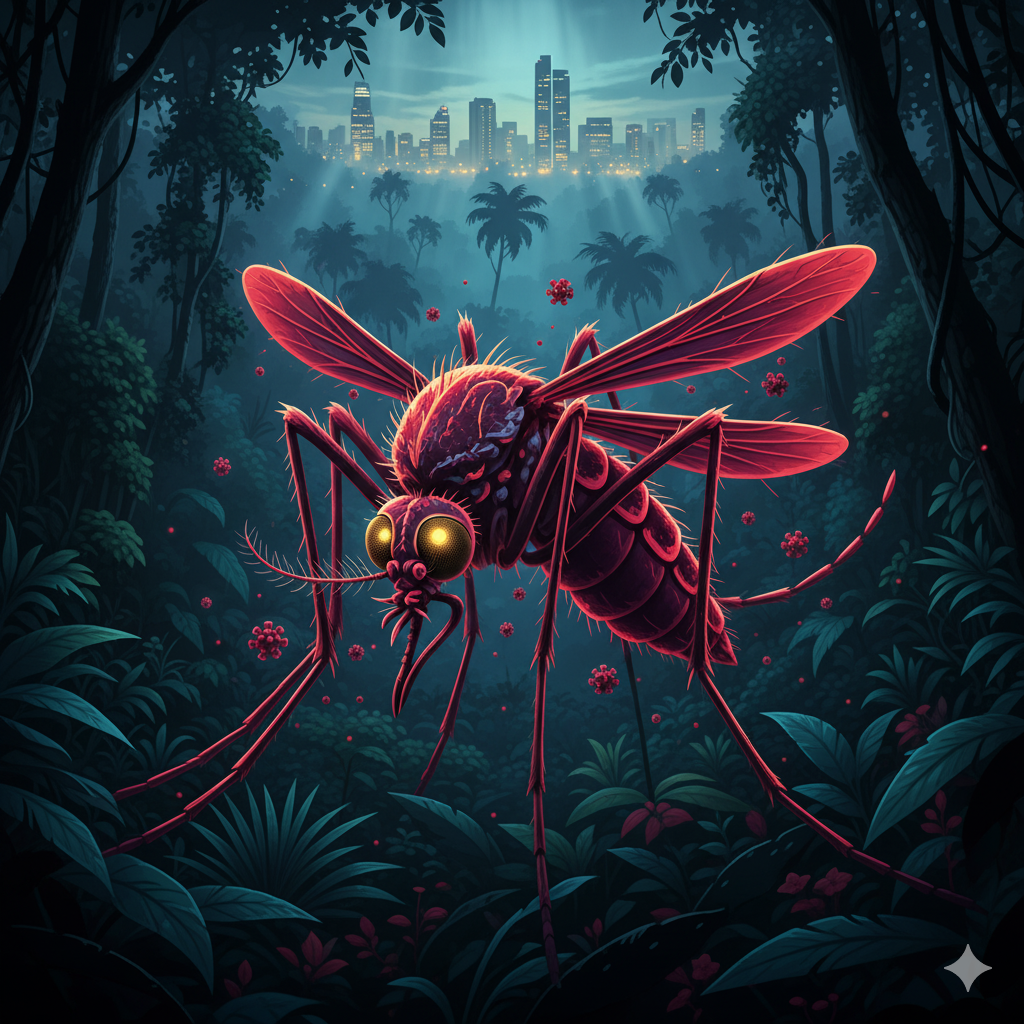
The Oropouche virus is not exclusive to Panama—it is a mosquito-borne and midge-borne virus that has circulated for decades in several Latin American countries, including Brazil, Peru, and Venezuela. Recently, health authorities in Panama have confirmed local cases, making it important for both residents and expatriates to understand what it is, how it spreads, and how to prevent it.
What Is the Oropouche Virus?
The Oropouche virus (OROV) is transmitted mainly by Culicoides paraensis midges (tiny biting insects known locally as “jejenes”) and mosquitoes. While its symptoms resemble those of dengue or other arboviruses, Oropouche does not usually lead to severe complications.
Common symptoms include:
- Sudden high fever
- Headache
- Muscle and joint pain
- Fatigue
- Occasionally nausea or skin rash
One particular feature expatriates and locals have noticed is the recurrence of fever—patients often feel better for a couple of days, only to have the fever return.
Testimonies: The Human Side of Oropouche
Expats and locals who have experienced the virus often describe it as:
- “A sudden illness that feels like dengue, but without the long-term risks.”
- “A frustrating cycle of fever and fatigue that forces you to slow down.”
For many, the biggest relief comes from receiving a clear diagnosis, as it rules out more serious diseases like dengue, chikungunya, or malaria.
Is Oropouche Dangerous?
The good news:
- No deaths have been reported from Oropouche in Panama.
- Symptoms usually resolve with rest, hydration, and over-the-counter fever reducers.
- Unlike dengue, Oropouche does not typically cause hemorrhagic complications.
The challenge lies in its impact on daily life: fever and fatigue can make working or socializing difficult for a week or more.
How to Protect Yourself
Health experts and expat communities recommend:
- Using mosquito and midge repellents.
- Installing window screens and mosquito nets, especially in rural or humid areas.
- Wearing long sleeves and pants during early mornings and evenings when midges are most active.
- Keeping your living space clean and dry to avoid insect breeding grounds.
Why This Matters for Expats in Panama
For expatriates, the concern is often whether this virus represents a unique or growing threat in Panama. The truth is:
- Oropouche is not a “Panamanian virus”, but part of a wider regional trend in the Americas.
- Panama’s tropical climate makes it suitable for insect-borne illnesses, but the country also has robust surveillance systems (MINSA, CSS) that quickly detect and report outbreaks.
- As with dengue or Zika, the key is prevention and awareness, not alarm.
Conclusion: Stay Informed, Stay Safe
Oropouche virus cases are being monitored in Panama, but this is not an isolated or uniquely Panamanian disease. With basic precautions and awareness, expatriates and residents can continue enjoying life in Panama while staying safe from mosquito- and midge-borne illnesses.
FAQ about Oropouche Virus
What is the Oropouche virus?
The Oropouche virus is a mosquito- and midge-borne illness found in several Latin American countries, including Panama.
Is the virus dangerous?
Most cases are mild. Symptoms include fever, headache, and fatigue, which usually resolve with rest and hydration.
Is the Oropouche virus only in Panama?
No. The virus has been reported across Latin America, especially in Brazil, Peru, and Venezuela. Panama is part of this regional trend.
How can expats in Panama prevent Oropouche?
By using insect repellent, installing screens and mosquito nets, and wearing protective clothing during peak insect activity hours.
